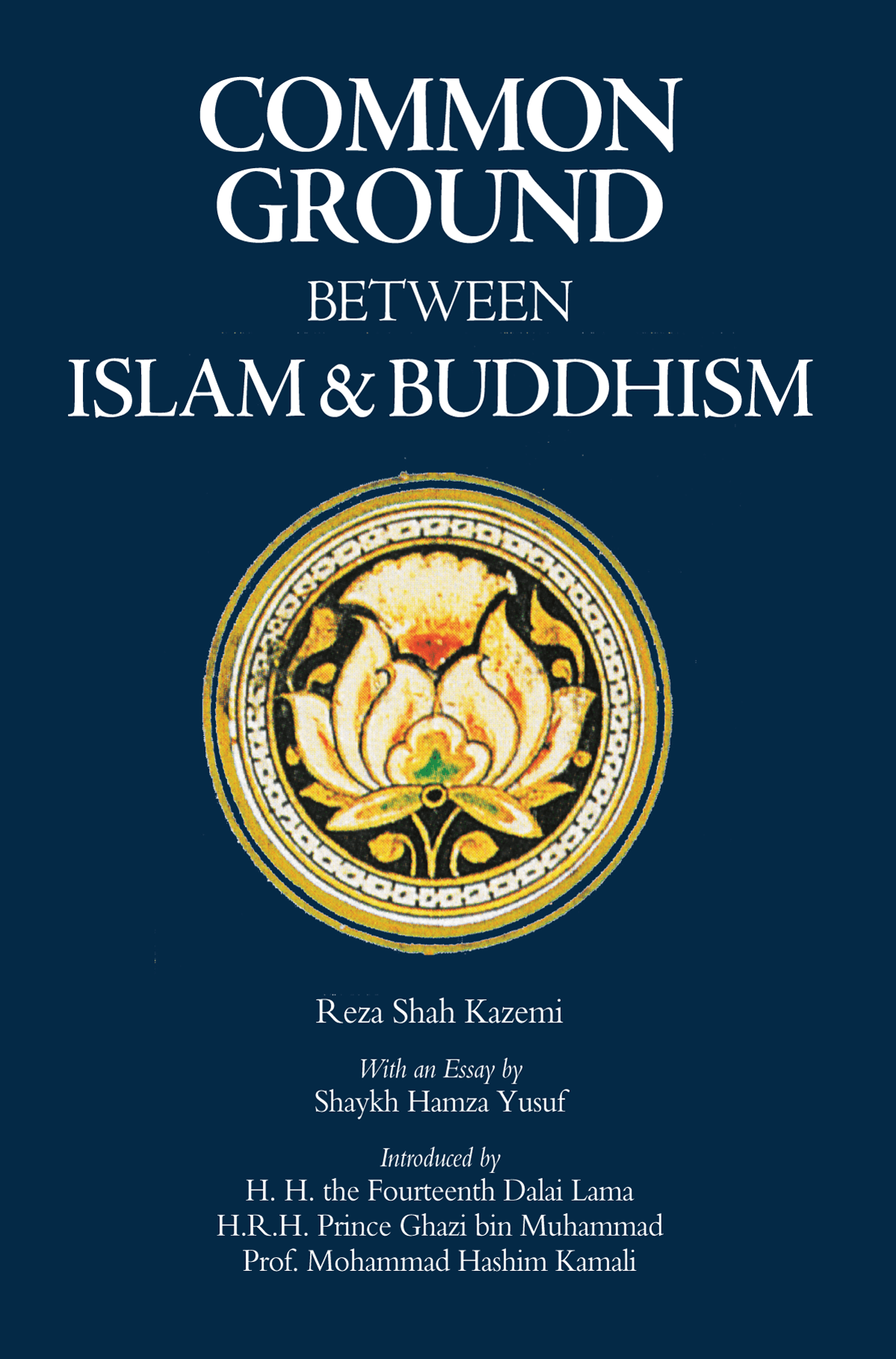Common Ground Between Islam and Buddhism
Common Ground Between Islam and Buddhism
Couldn't load pickup availability
“Common Ground Between Islam and Buddhism is an historic, true beginning of the scholarly and spiritual effort to lay a foundation for the mutual understanding between serious believers of these two great world religions which, on the surface seem diametrically opposed. The author’s well-informed and insightful analysis reveals, deeper down, a genuine common ground of transcendental wisdom and merciful compassion. A splendid accomplishment, a transformative read, and a kindling of hope for real peace in days to come!” -Robert Tenzin Thurman, Jey Tsong Khapa Professor of Buddhist Studies. Columbia University
With compelling evidence, drawing upon a dazzling interplay of scriptural and spiritual authorities from both traditions, the reader is led on a pilgrimage to the respective hearts and foundational principles of these great revelations. This results in an unusually profound enrichment and understanding of the two faiths, when juxtaposed, on subjects varying from Ultimate Reality to worship.
Post Script regarding the cover image: The lotus motif would seem to be an excellent symbol for the cover of this book. Rising from two open leaves, connected by a circular point, a series of waving petals unfold on either side, but then produce, or birth, a single, motionless blossom. How apt! Though the image in question is selected from the pages of a fourteenth century Qur’an – the Divine Word for Muslims – we know the lotus to be profoundly associated with the traditional representations of the Buddha. According to the renowned scholar, A.K. Coomaraswamy, a significant aspect of lotus symbolism is the identification of the lotus with the “heart” or “mind” of man. It represents a state of being.
The Buddha throne can be established within each of us. The lotus-leaf, or flower, is also associated with the womb and may represent “the ground or substance of existence,” both that whereon and that wherein existence is established firmly amidst the sea of possibility. Coomaraswamy adds that when a lotus is offered in worship, it implies “a rendering up of one’s own existence to its Source, a resignation of one’s own nature and ground of separate existence”. In Common Ground, when Dr. Shah-Kazemi is discussing the Islamic term for Divine Mercy and Compassion, Rahma, he speaks of it as the “divine matrix containing the cosmos.
The word ‘matrix’ should be taken quite literally, in relation to its root: ‘mother’. The word for womb, rahim, derives from the same root as Rahma. The entire cosmos is not just brought into being by Rahma, it is perpetually encompassed by Rahma which nourishes it at every instant, as the mother’s womb nourishes and encompasses the embryo growing within it. As we saw above, the Tathāgatagarbha literally means: the ‘womb’ of the Tathāgata, the ‘one thus gone’. This womb or matrix not only contains all things, it is also contained within the soul, being one with the immanent Buddha-nature (Buddhadhatu) which each individual must strive to realize.”
Share


